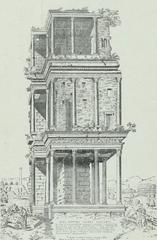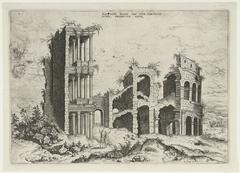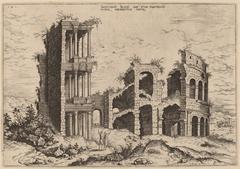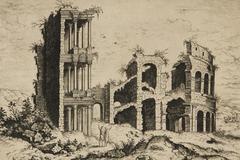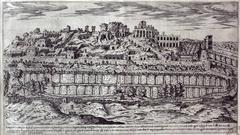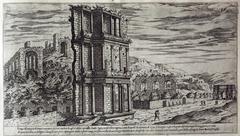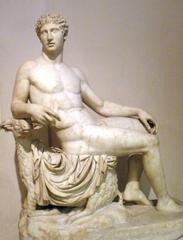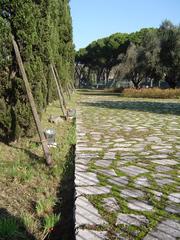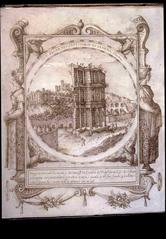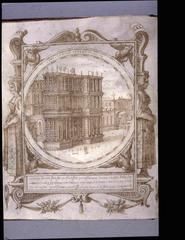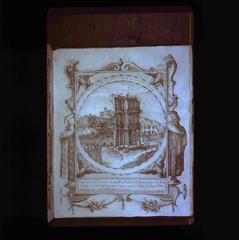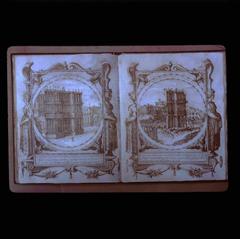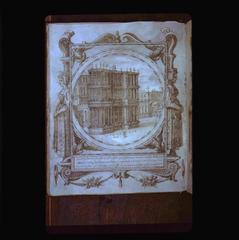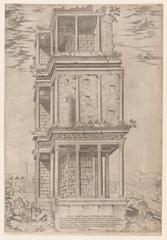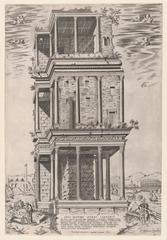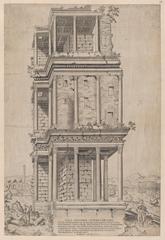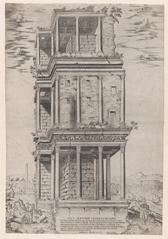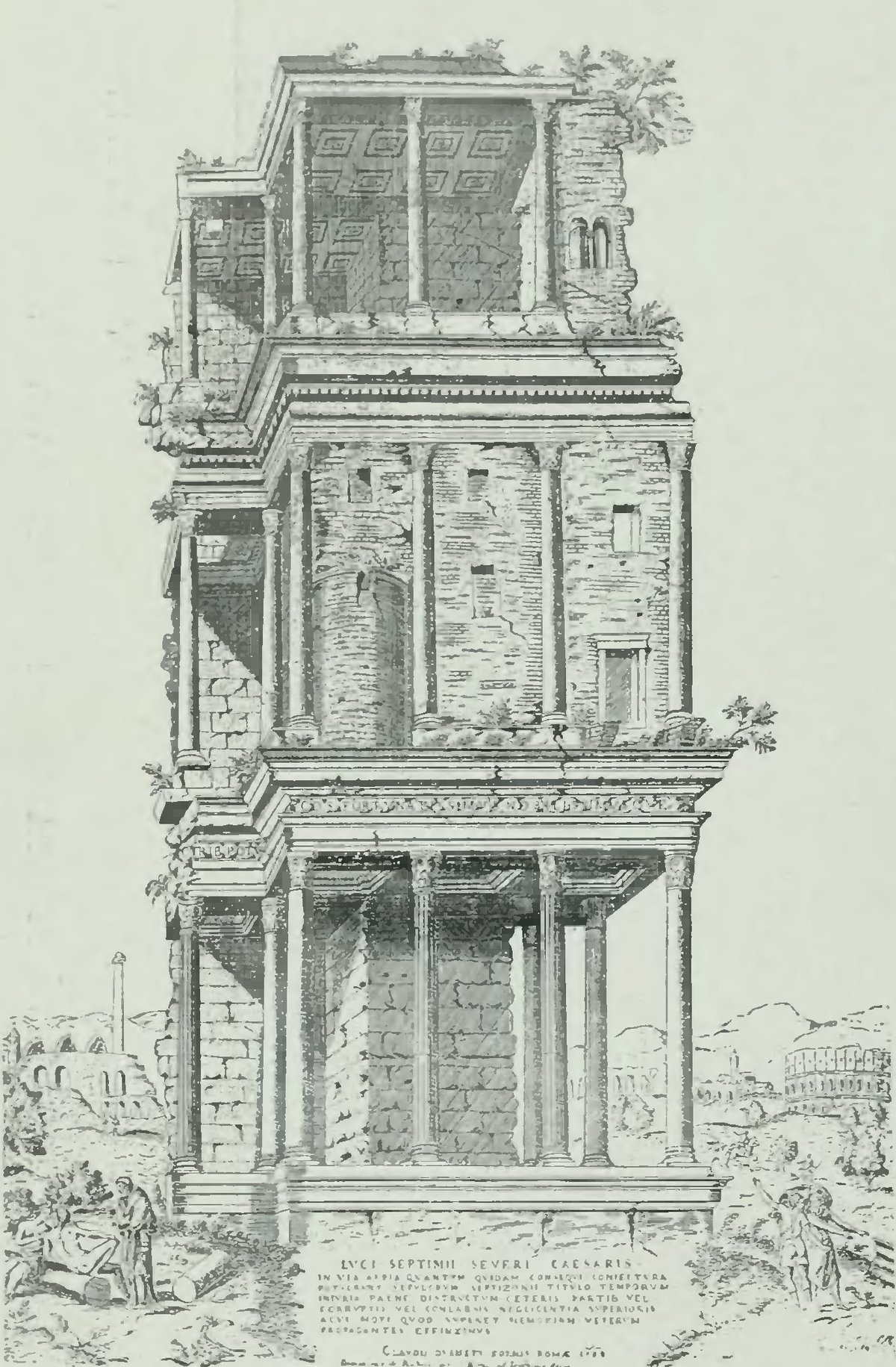
Septizodium Visiting Hours, Tickets, and Guide to Rome’s Historic Sites
Date: 14/06/2025
Introduction
Standing at the southeastern corner of Rome’s Palatine Hill, the Septizodium is a striking testament to the city’s imperial ambition, cosmopolitan identity, and architectural innovation during the Severan dynasty. Commissioned in 203 CE by Emperor Septimius Severus, this monumental façade—known as a nymphaeum—greeted travelers arriving from the Via Appia with its grandeur and symbolic references to celestial power. Although much of the original structure has been lost to time, the Septizodium’s enduring footprint remains a compelling destination for travelers eager to explore Rome’s lesser-known treasures. This guide provides a comprehensive overview of the monument’s history, architecture, practical visitor information, ticketing, accessibility, and travel tips, ensuring you make the most of your visit to this remarkable site (Turismo Roma; Rome.net; Wikipedia).
Historical Overview
Construction and Purpose
The Septizodium was commissioned by Emperor Septimius Severus in 203 CE as a monumental nymphaeum—a decorative façade rather than a temple or triumphal arch. Its primary function was to impress dignitaries, particularly those from the emperor’s native North African provinces, arriving in Rome via the Via Appia. Its Latin name, septizonium, refers to “seven zones” or possibly the seven planetary deities, symbolized through its seven niches (Rome.net; colosseumrome-tickets.com).
Architectural Features
The original Septizodium was about 93 meters long and 30 meters high, featuring three layers of superimposed columns—Corinthian, Ionic, and Composite—decorated with statues, colorful marbles, and gilded details. Water features and cascading fountains likely enhanced its visual impact, making it a dazzling gateway for visitors entering Rome (PromptGuides).
Historical Evolution and Legacy
Over the centuries, the Septizodium witnessed dramatic changes. In late antiquity, it served as a meeting place and refuge during events like the 455 CE Vandal sack of Rome. The Middle Ages saw continued decline, with much of its stonework repurposed for other buildings. The Renaissance brought further demolition under Pope Sixtus V in 1588, as valuable marble and columns were reused for new projects (romanoimpero.com). Despite this, the monument’s influence is evident in Roman and North African architecture, and its legacy persists in both historical records and the city’s urban landscape (Ostia-Antica.org).
Visiting the Septizodium
Tickets and Opening Hours
- Access: The Septizodium is located within the archaeological area of the Palatine Hill and Roman Forum. Entry is included with a combined ticket covering these sites plus the Colosseum.
- Ticket Price: Approximately €16–€18 for adults (subject to change; discounts available for EU citizens under 25 and children).
- Hours: The archaeological park is open daily from 8:30 AM until about one hour before sunset. Check the Parco Archeologico del Colosseo website for seasonal variations and holiday closures.
- Booking: Advance booking is highly recommended, especially during peak seasons.
How to Get There
- Location: Southeast corner of the Palatine Hill, at the intersection of Via dei Cerchi and Via di San Gregorio.
- Public Transport: Metro Line B (Circo Massimo stop) or buses serving the Colosseum and Circus Maximus areas.
- On Foot: Easily reachable from the Colosseum and Circus Maximus entrances.
Accessibility
- Terrain: The surrounding area is paved, but the archaeological park includes uneven surfaces and steps. Wheelchair users should check in advance regarding accessible routes.
- Facilities: Restrooms and visitor services are available at main entrances to the Palatine Hill and Roman Forum.
What to Expect During Your Visit
- Visible Remains: Today, the Septizodium is marked by its foundations and pavement outlines, with interpretive signage to help visitors imagine its original scale.
- Photography: Early morning or late afternoon provides the best light for photos and fewer crowds. Wide-angle shots can capture both the monument’s footprint and the dramatic backdrop of the Palatine Hill.
- Guided Tours: Many guided tours of the Palatine Hill and Roman Forum include the Septizodium. These tours offer in-depth historical context and help bring the monument’s story to life.
Nearby Attractions
- Colosseum: Rome’s iconic amphitheater, a short walk away.
- Roman Forum and Palatine Hill: Adjacent areas with rich archaeological remains.
- Circus Maximus: Ancient chariot racing stadium nearby.
Practical Travel Tips
- Footwear: Wear sturdy, comfortable shoes suitable for cobbled and uneven paths.
- Water: Bring a water bottle, especially in summer.
- Timing: Visit early or late in the day for cooler temperatures and better photography conditions.
- Resources: Use digital reconstructions and interpretive panels to visualize the monument’s original appearance.
Frequently Asked Questions (FAQ)
Is the Septizodium open to the public?
Yes, its remains can be viewed from outside the fenced area, and the site is included in the Palatine Hill and Roman Forum ticket.
Are tickets required?
A combined ticket for the Palatine Hill, Roman Forum, and Colosseum is required for full access.
Can I enter the Septizodium itself?
No, only the exterior footprint is visible; the interior is not accessible.
Are guided tours available?
Yes, many tours include the Septizodium as part of a larger itinerary.
Is the site wheelchair accessible?
The external viewing area is relatively accessible, but terrain within the archaeological park may be uneven.
Can I take photographs?
Photography is permitted and encouraged.
The Septizodium’s Legacy
As a ceremonial gateway and symbol of imperial grandeur, the Septizodium bridges Rome’s African connections and its evolving urban identity. Though only fragments remain, its story continues to inspire visitors and scholars. The monument’s history of transformation—from Severan Rome to Renaissance spolia—reflects the layered nature of the Eternal City (Turismo Roma; Ostia-Antica.org; Wikipedia).
Plan Your Visit
- Best Experience: Combine a visit to the Septizodium with the Colosseum, Palatine Hill, and Roman Forum for a comprehensive exploration of ancient Rome.
- Stay Updated: Download the Audiala app for audio guides, real-time updates, and expert tips on Rome’s most fascinating historical sites.
- Connect: Follow Audiala on social media for news, travel inspiration, and exclusive content on Rome’s rich heritage.
References and Useful Links
- Turismo Roma – Septizodium
- Rome.net – Septizodium
- ColosseumRome-Tickets – Septizodium
- Ostia-Antica.org – Septizodium
- Wikipedia – Septizodium
- Parco Archeologico del Colosseo
- Smarthistory – Arch of Septimius Severus
Suggested visuals:
- Photographs of the Septizodium ruins and surroundings
- Renaissance engravings (e.g., by Étienne Dupérac)
- Maps showing the monument’s location relative to the Palatine Hill and Via Appia
- Digital reconstructions (with alt text such as “Ruins of the Septizodium in Rome showing remaining columns and foundations” or “Historical engraving of the Septizodium façade”)
Explore Rome’s hidden gems and enrich your journey through the city’s layered past. For more in-depth guides, visit our main site and download the Audiala app today!
